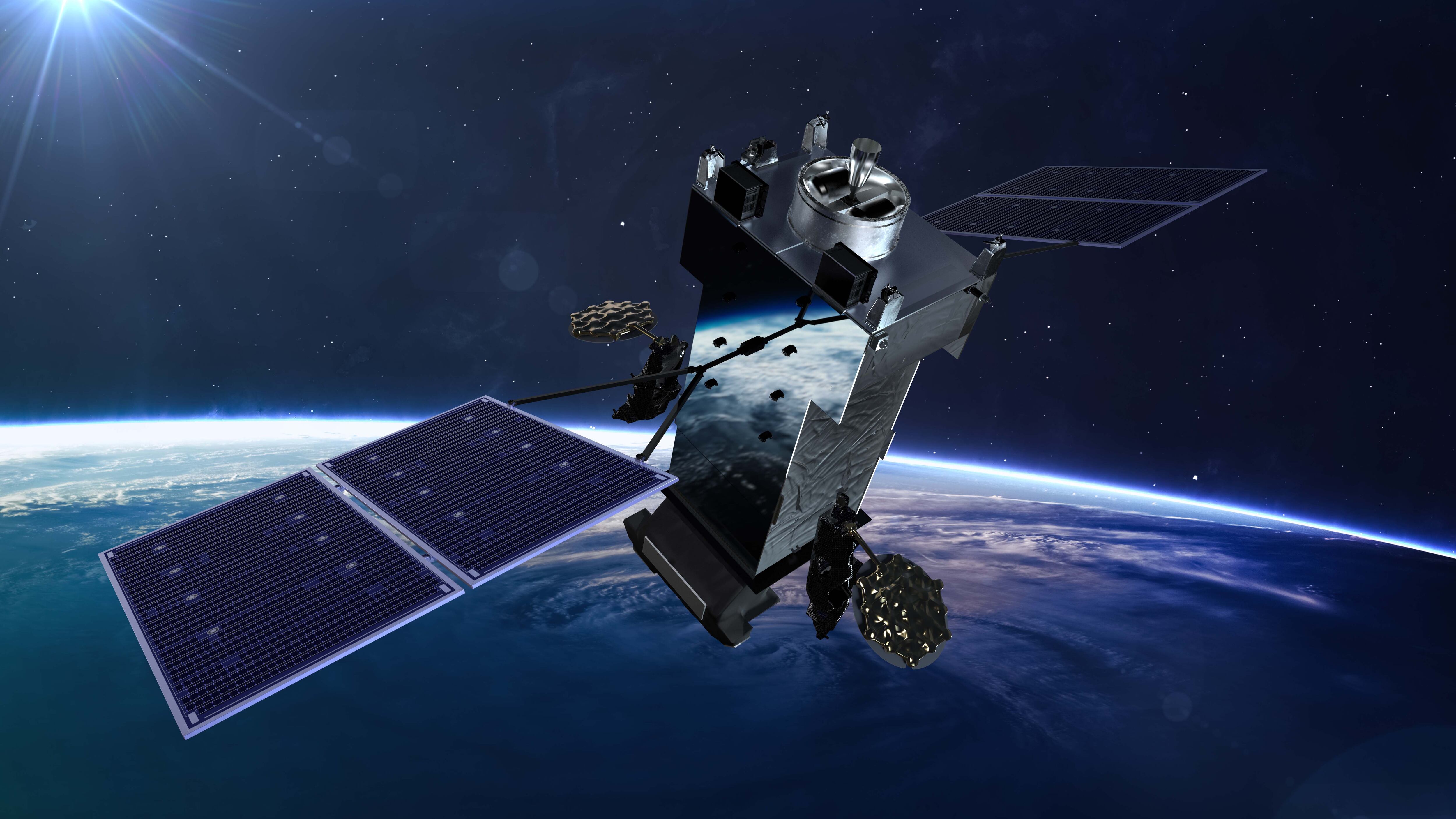The Space Force has launched a study to consider what capabilities to host on future satellites that detect and track advanced, high-speed weapons.
Col. Rob Davis, who oversees space sensing acquisition efforts for the service, said Thursday that as part of that work, the Space Force is weighing the right approach for ensuring such spacecraft can survive a nuclear threat.
“We’re currently working with the Space Warfighting Analysis Center, the SWAC, to help us figure out what’s the next generation of those capabilities,” Davis said during a virtual National Security Space Association event.
The service is in the early days of a long-term plan to strengthen its missile tracking capabilities against threats from China and Russia, both of whom are developing hypersonic missiles that can travel and maneuver at Mach 5 speeds. The two countries are also building, and in some cases testing, anti-satellite weapons that could impede safe operations in orbit.
The Space Force currently relies on large, expensive satellites to perform its missile warning mission. These spacecraft, part of the Space-Based Infrared System, are radiation-hardened, which means they’re equipped with structures and materials that allow them to withstand a nuclear attack.
The service’s new strategy moves away from those more exquisite capabilities and hinges instead on building and fielding large numbers of small satellites in lower orbits. The Space Development Agency, or SDA, and Space Systems Command, or SSC, are leading this effort, with SDA making plans to launch hundreds of satellites to low Earth orbit, up to 1,200 miles above sea level. SSC is focused on medium Earth orbit capabilities, residing between low earth and geosynchronous orbit, about 22,000 miles up.
To date, SDA has launched eight low earth orbit missile tracking satellites. SSC is slated to launch its first medium Earth orbit, or MEO, spacecraft in 2026. Both organizations are delivering satellites in batches and plan to launch new versions every few years.
Over time, the Space Force will phase out the older systems and rely solely on this new architecture. However, in the near term, the service is working with Lockheed Martin and Northrop Grumman to build five radiation-hardened Next-Generation Overhead Persistent Infrared, or Next-Gen OPIR, satellites to replace the Space-Based Infrared System.
Davis acknowledged that thus far, the Space Force has focused more on improving its ability to track faster, harder-to-spot targets and less on making sure the new satellites are hardened against and could operate through a nuclear attack. That’s partly due to the urgency of the tracking capability but is also owed to the cost that comes with making the spacecraft more survivable.
One goal of the study, Davis said, is to find options for nuclear protection that fit within the service’s long-term architecture plans.
“We can’t forget those other important requirements,” he said. “With an agile approach to development, we’ll look at the outcome of that study. And it may affect future epochs or potentially future tranches of both SDA’s work and our work to make sure we’re meeting the full requirements for the nation.”
Courtney Albon is C4ISRNET’s space and emerging technology reporter. She has covered the U.S. military since 2012, with a focus on the Air Force and Space Force. She has reported on some of the Defense Department’s most significant acquisition, budget and policy challenges.





